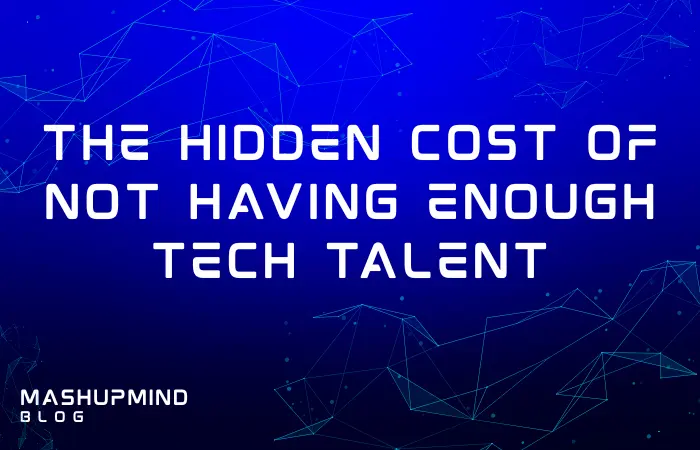If you implement an Odoo ERP system, as a business owner, you can upgrade your business operations. Odoo ERP offers a complete solution for business applications. So it can make your operations smooth, enhance efficiency, and improve decision-making. Your business is growing so it becomes more complex for you to manage processes without a centralized solution.
This is where Odoo ERP implementation comes in. It has a modular system and user-friendly interface. Odoo ERP implementation can allow you to simplify your operations and increase your business growth. In this post,t you can explore the importance of Odoo ERP implementation and a step-by-step approach to ensure a successful transition.
What is Odoo ERP Implementation?
Odoo ERP implementation is the process of
1) Installing Odoo software
2) Configuring Odoo Software
3) Integrating the Odoo software
This includes adapting the system to meet the unique needs of the organization. It will ensure all departments including sales, accounting, manufacturing, inventory, and more are smoothly connected. The ultimate goal is automating and making workflows easy to improve business efficiency.
Steps to Implement Odoo ERP Successfully
Below you can see a step-by-step guide to implementing Odoo ERP successfully:
Define Your Objectives
Before knowing the Odoo ERP implementation, you have to define your objectives clearly. Then identify the pain points in your current processes. Next, you need to evaluate your business needs and prioritize the modules that are relevant to your operations. For example, if inventory management is a challenge, make the inventory module your primary focus.
Choose the Right Odoo Version
There are two versions of Odoo available:
- Community version
- Enterprise version
You have to choose the version based on your business size, requirements, and budget. The Enterprise version has additional features such as enhanced support. However, the Community version is cost-effective for small businesses.
Assemble an Implementation Team
Are you looking to implement the Odoo ERP system successfully? You need a team of professionals to implement it successfully. This includes
- Project managers
- Key department heads
- IT specialists
They will help you customize the system. It is also a good idea to include representatives from each department, they ensure the solution meets your business needs.
Read: WPA2 Password: What It Is and Why It Matters?
Develop a Detailed Project Plan
Creating an extensive project plan is important for a smooth Odoo implementation. This plan should include
- Timelines
- Resources
- Milestones
- Deliverables
It should also outline the training and support required during and after the implementation process.
Customize the System
Odoo provides various built-in features so your businesses need to customize the software to suit your specific processes. You can work with Odoo implementation services to adapt the system and ensure it meets your business’s unique requirements. This could involve
- Customizing the user interface
- Adding new fields
- Integrating with other systems
Data Migration
Data migrating from your legacy system to Odoo is important. You should ensure that data is cleaned, structured, and validated. This helps prevent issues such as errors and inconsistencies. Also, ensure the migration process is smooth and minimize disruptions to your daily operations.
Testing
Next, you need to conduct thorough testing. It ensures everything is working correctly. This includes
- Functional testing of all modules
- Data integrity testing
- User acceptance testing
The goal is to ensure that the system is stable, secure, and ready for daily use.
Find here: Java Method Server
Training Your Team
Training is important in Odoo ERP implementation. Your team must understand how to use the system effectively to maximize its benefits. Organize training sessions for employees in all departments and provide ongoing support. This helps in ensuring smoother adoption and better user engagement.
Monitor
Once testing and training are complete, you can go live. You must monitor the system closely for any issues and then address them promptly. Ensure that support is available to handle any challenges that arise. Track system performance and user feedback regularly to identify areas for improvement.
Continuous Updates
Next Odoo releases updates and new features, which help you stay on top of these shifts. It also helps you improve the system based on feedback from users.
Summing It Up
If your Odoo ERP implementation is completed, you can make your business operations smooth and increase growth. You can follow the steps outlined in this post to ensure a smooth transition to Odoo. Ready to manage customer relationships with ease? You need to invest in a skillfully implemented Odoo ERP system with the help of Odoo ERP implementation services to set your business up for success in the future.







